
The Perfect 3-Day Cordoba Spain Itinerary for First-Timers
Epic 3-day Cordoba Spain Itinerary Córdoba, nestled in the heart of Andalusia, is a city where history, culture, and stunning
Spain is a country of vibrant culture, rich history, and stunning landscapes, offering endless adventures for travelers. From the bustling streets of Madrid, known for its world-class museums and lively plazas, to the artistic wonders of Barcelona, where Gaudí’s architecture takes center stage, Spain’s cities offer unique experiences. Discover the Moorish charm of Seville, the Alhambra’s grandeur in Granada, the stunning Mezquita in Cordoba, and the medieval beauty of Toledo. Whether you’re exploring historic landmarks, indulging in tapas, or soaking in the sun on Spain’s picturesque beaches, these cities promise unforgettable experiences and top activities for every traveler.


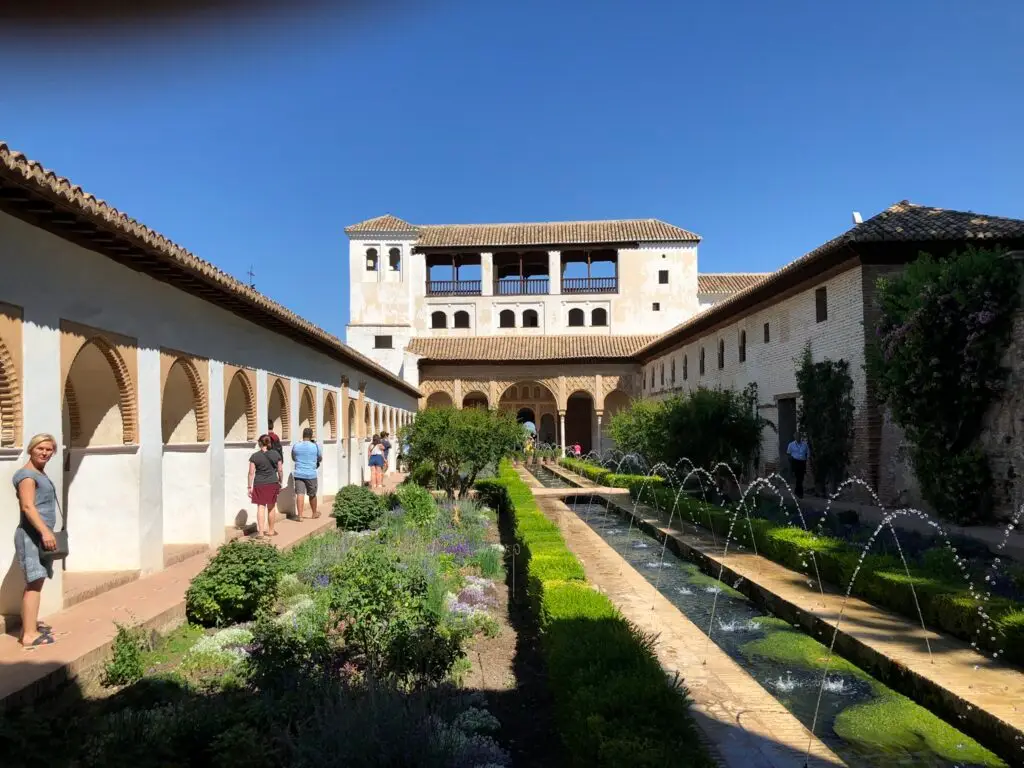

Spain is a country known for its rich history, vibrant culture, and diverse landscapes. From the artistic streets of Barcelona and the lively flamenco rhythms of Seville to the architectural grandeur of Madrid and the Moorish heritage of Granada, Spain offers a wide variety of experiences for every traveler. Whether you’re exploring its bustling cities, relaxing on its golden beaches, or sampling its world-renowned cuisine, Spain welcomes visitors with open arms and a passionate spirit.
Language: The official language of Spain is Spanish (Castilian), and it is spoken throughout the country. However, Spain is home to several regions where other languages are also widely spoken, including Catalan in Catalonia (Barcelona), Galician in Galicia, and Basque in the Basque Country. English is commonly understood in tourist areas, hotels, and restaurants, especially in major cities like Madrid and Barcelona, but learning a few basic Spanish phrases—such as “hola” (hello), “gracias” (thank you), and “por favor” (please)—can enhance your travel experience and interactions with locals.
Currency: Spain’s official currency is the Euro (EUR). Credit and debit cards are widely accepted in hotels, restaurants, shops, and tourist attractions. Contactless payments and mobile payment options like Apple Pay and Google Pay are also commonly used and ATMs are readily available in cities and towns. The exchange rate typically hovers around 1 EUR to 1.1 USD, though it’s always a good idea to check the current rates before your trip. If you’re using a non-EU card, be sure to notify your bank ahead of time to avoid any issues with international transactions.
Climate: Spain has a diverse climate due to its varied geography. The northern regions experience a temperate maritime climate with cooler temperatures and more rainfall, while the southern and central regions enjoy a Mediterranean climate characterized by hot summers and mild winters. Here’s a breakdown of what to expect:
The best time to visit Spain is during the spring (March to May) and autumn (September to November), when the weather is mild, and the crowds are thinner. These seasons are perfect for exploring cities, historical landmarks, and Spain’s stunning natural beauty without the summer heat or winter chill.
Spain offers a variety of efficient and easy-to-use transportation options, making it simple for visitors to explore the country’s vibrant cities, historic landmarks, and stunning coastlines. Whether you’re navigating bustling urban centers or venturing into picturesque rural areas, Spain’s transportation system ensures a smooth and enjoyable travel experience. Here’s a guide to the best ways to get around Spain.
Trains: Spain’s extensive train network, operated by Renfe, is one of the most efficient and comfortable ways to travel between cities and regions. The AVE (Alta Velocidad Española) high-speed trains connect major cities like Madrid, Barcelona, Seville, and Valencia, with speeds of up to 300 km/h (186 mph). These trains are not only fast but also comfortable, with various ticket classes and onboard amenities. For regional travel, Spain also offers slower but scenic trains that link smaller towns and rural areas. Booking tickets in advance online or through the Renfe app is recommended for the best prices and guaranteed seats.
Buses: For areas not served by the train network or for budget-conscious travelers, buses are a reliable and affordable way to get around Spain. Companies like ALSA and Avanza operate long-distance routes between cities and regions, while local bus services cover smaller towns and rural areas. Buses are modern, comfortable, and equipped with Wi-Fi on many routes. Long-distance buses often include stops at major attractions, making them a convenient way to explore Spain without the hassle of driving.
Domestic Flights: If you’re looking to cover longer distances quickly, domestic flights are a convenient option. Spain’s major airports, such as Madrid-Barajas (MAD), Barcelona-El Prat (BCN), and Malaga-Costa del Sol (AGP), are well-connected to smaller regional airports across the country. Budget airlines like Vueling and Ryanair offer frequent flights between cities, making air travel a time-saving choice for reaching distant regions like the Balearic Islands or Canary Islands. Book flights in advance for the best rates, and check baggage policies for low-cost carriers.
Metro and Trams: Spain’s major cities, including Madrid, Barcelona, and Valencia, have efficient metro systems that make it easy to navigate urban areas. The Madrid Metro is one of the largest in Europe, offering extensive coverage across the capital and its suburbs. Barcelona’s Metro system is equally convenient, providing access to key landmarks like the Sagrada Familia and Park Güell. In cities like Seville and Bilbao, trams are a scenic and eco-friendly way to explore city centers. Metro and tram tickets can be purchased at stations or online, and many cities offer multi-day passes for unlimited travel.
Taxis and Ride-Hailing Services: Taxis are readily available in cities and towns across Spain and can be hailed on the street, at taxi stands, or via phone. Fares are metered, and tipping is not required, though rounding up to the nearest euro is appreciated. For added convenience, ride-hailing apps like Uber and Cabify operate in most major cities, providing an easy and efficient way to get around, especially if you don’t speak Spanish. These apps allow for cashless payments and offer transparent pricing, making them a popular option for travelers.
Car Rentals: Renting a car is by far the most convenient option for those looking to explore Spain’s scenic countryside, coastal regions, or smaller villages at their own pace. Car rental agencies are available at airports, train stations, and in major cities. Spain’s roads are well-maintained, and the country’s Autovía (free highways) and Autopista (toll highways) provide easy access between regions. Be mindful of parking regulations, especially in city centers, and check whether you’ll need an International Driving Permit (IDP) if you’re traveling from outside the EU.
Bikes and Scooters: For a more leisurely and eco-friendly way to explore Spain’s cities, consider renting a bike or electric scooter. Many cities, like Barcelona and Valencia, have dedicated bike lanes and bike-sharing programs such as Bicing in Barcelona. Scooters are also becoming increasingly popular, and apps like Lime and Scoot offer electric scooter rentals for short trips around town. Biking is a great way to enjoy Spain’s scenic streets, parks, and waterfronts while getting some fresh air.


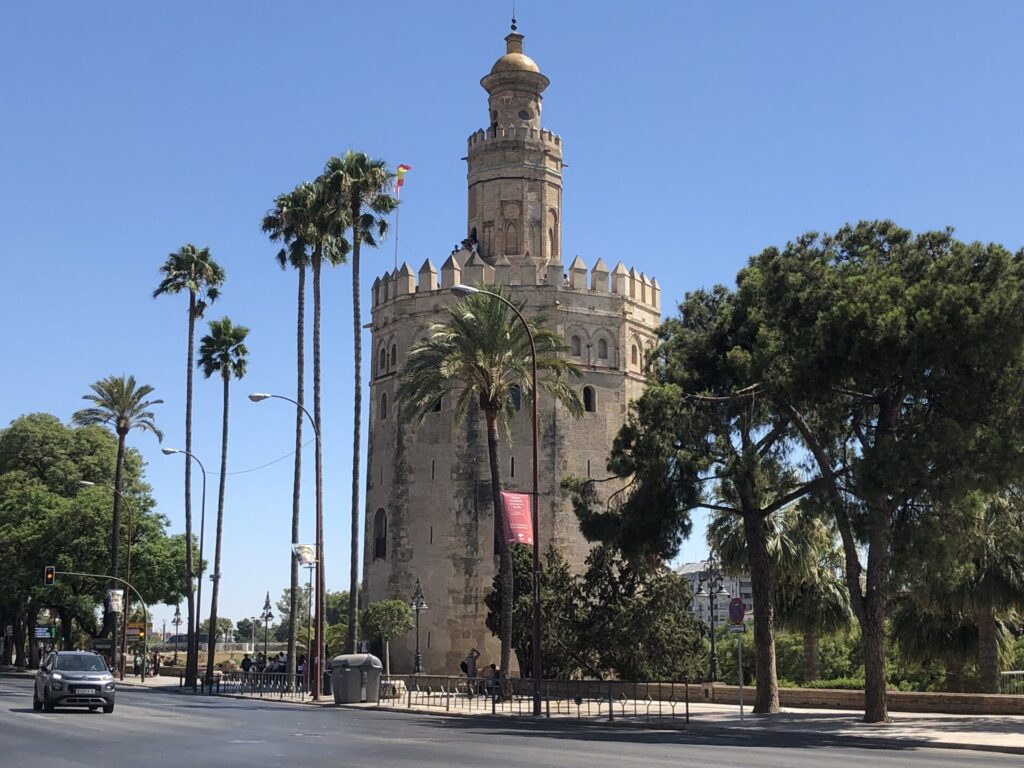
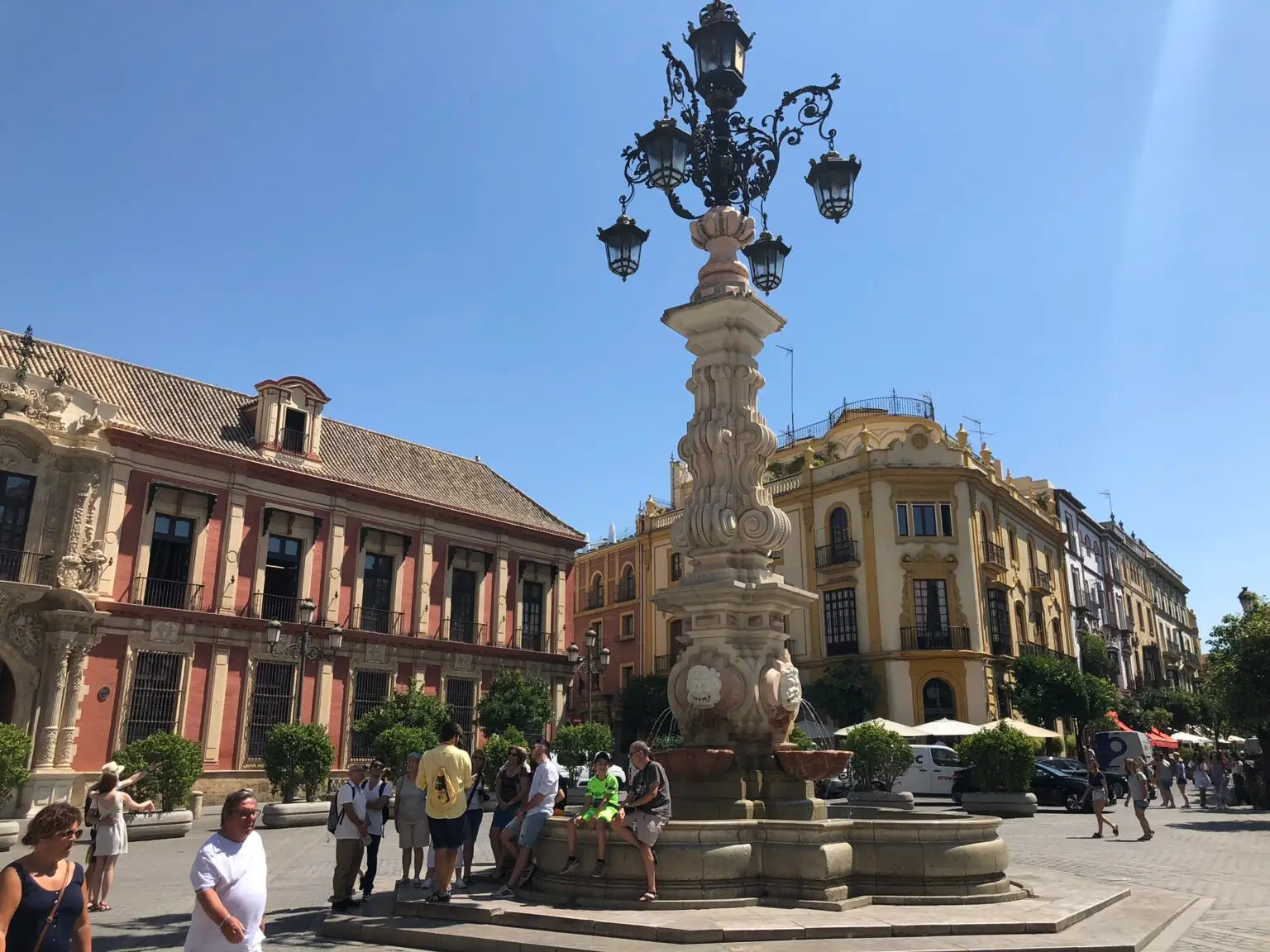

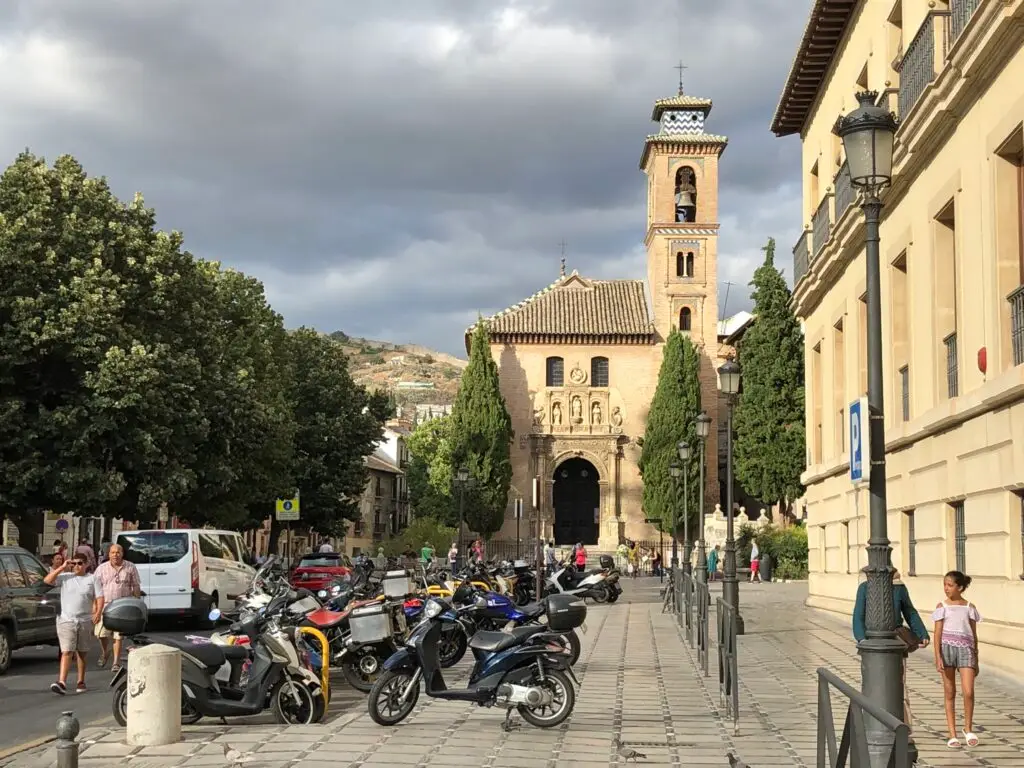

Epic 3-day Cordoba Spain Itinerary Córdoba, nestled in the heart of Andalusia, is a city where history, culture, and stunning
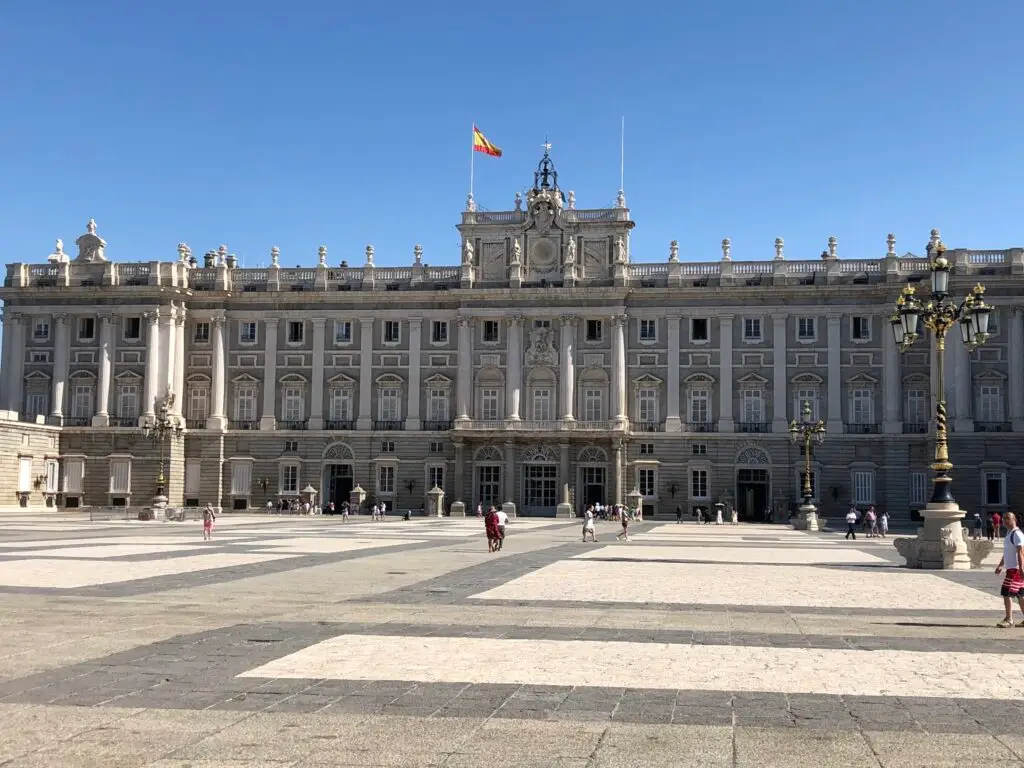
Always on the hunt for an epic adventure, we decided to take a road trip through Spain and Portugal. With